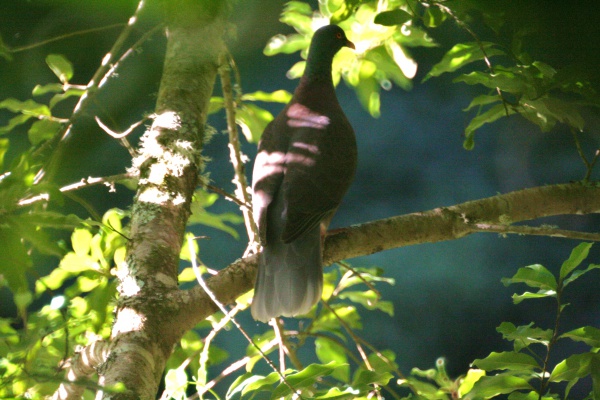Facts About Laurel pigeon
The laurel pigeon, also known as the white-tailed laurel pigeon, is a remarkable bird species indigenous to the Canary Islands, Spain. This bird, a member of the Columba genus within the Columbidae family, primarily thrives in the lush laurel forest habitats of the islands. Notably, it has been designated as the emblem of the island of La Gomera.
Adorned with dark grey plumage tinged with red on its underparts, a whitish tail marked by a broad band at the end, and a greenish sheen on its crown and neck, the laurel pigeon is a striking sight. These birds construct their nests from twigs in trees and typically lay a single white egg.
Regrettably, the laurel pigeon population has been experiencing a decline. Factors such as habitat loss, hunting, and nest predation by introduced species like rats have significantly impacted their numbers. Nonetheless, there is hope. Conservation efforts, including the protection of their laurel forest habitats and the prohibition of hunting, are essential for their survival.
Regarding diet, these birds are strict herbivores, consuming fruits, leaves, and flowers. They inhabit the mountainous subtropical regions of the Canary Islands, particularly La Palma, La Gomera, Tenerife, and El Hierro. They favor areas with steep slopes, ravines, and dense vegetation, such as laurel and pine forests. Breeding occurs year-round, with behaviors akin to those of the common wood pigeon.
Taxonomically, the laurel pigeon belongs to the Columba genus and shares close relations with species such as the common wood pigeon and Bolle's pigeon. Scientists hypothesize that the laurel pigeon evolved from isolated island populations of Columba palumbus. The Canary Islands, together with the Azores and Madeira archipelagos, have played a significant role in the evolution of various pigeon species, with the laurel pigeon representing a distinct lineage that traces back millions of years.

 France
France